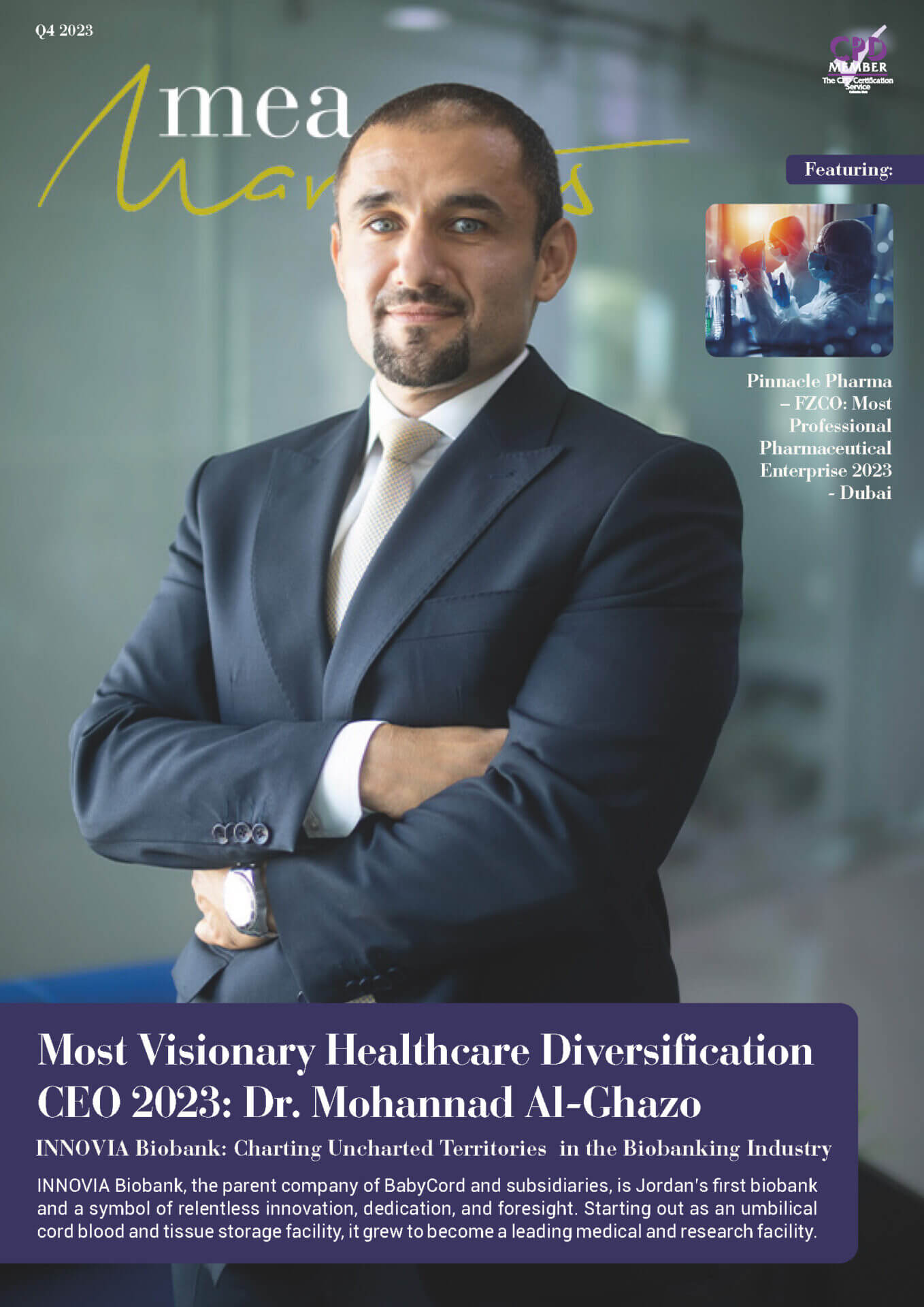
Through the early weeks of the pandemic, organizations and employees alike struggled with the sudden shift to remote work. But a year after the initial lockdowns, business leaders have warmed to the idea that their people could stay productive away from the office—at least for part of the week. Up to 70 percent of organizations are planning for at least some portion of their workforce continuing to work from home. Research from Harvard Business School confirms this, with more than 81 percent of office workers saying that they do not see themselves returning to the post-COVID office five days a week.
Several approaches to distributed work have emerged, from the “binary strategy” (in which organizations view employees as either office workers or remote workers) to the “remote-first strategy” (in which working from home becomes every employee’s primary mode). The fastest-growing approach—and the one we feel has the potential to help most organizations thrive in this new reality—is one in which most employees exercise autonomy in choosing from a broad array of options both within and beyond the office for where they’ll work on a given day.
This so-called “hybrid strategy” presents organizations with an opportunity to holistically address the needs of a highly diverse workforce with a focus on equity of experience. This means considering the needs of remote team members as well as their colleagues in the office. A myriad of factors can affect an individual’s productivity and engagement—everything from work styles, location of colleagues, and project deadlines to home office conditions, parenting responsibilities, and physical/sensory needs. And these factors are not fixed; they can change from day to day or week to week.
This so-called “hybrid strategy” presents organizations with an opportunity to holistically address the needs of a highly diverse workforce with a focus on equity of experience.
By trusting employees to make choices based on their daily tasks and preferences—with support whether they choose to come into the office or work from home—organizations can reshape the office into a sought-after destination for those social and cultural connections that cannot be recreated virtually.
From substantial expense to competitive edge
Reorienting office space around three activities not supported elsewhere
Even before the pandemic, offices were struggling to consistently support people and their work. For many organizations, the physical office didn’t keep pace: It was often generic and too densely planned, while deprioritizing remote work. However, when given a choice, many employees had already begun working from home, coworking spaces, cafés, or elsewhere. As we look to the future, we see an opportunity to reorient the office so that workers feel less anchored to it and more buoyed by it, as facilities focus on hosting experiences that the isolation of the pandemic robbed from us all.
As we look to the future, we see an opportunity to reorient the office so that workers feel less anchored to it and more buoyed by it, as facilities focus on hosting experiences that the isolation of the pandemic robbed from us all.
What can organizations do to make their spaces more desirable as on-demand destinations for employees newly empowered to work anywhere? From data provided by more than 19,000 users of Herman Miller’s WFH Ergonomic Assessment tool 3 and other sources, we have identified three core experiences that the office is uniquely positioned to support. At Herman Miller, we’re focused on helping customers evolve existing environments with products and settings specifically designed with these experiences in mind.
Three core experiences best supported by the office
Community socialization
While most of us have found virtual ways to maintain a sense of connection to our closest friends and family over the past year, our “weak ties” were largely lost. This outer circle of acquaintances—whether that’s the building concierge who is on a first-name basis with everyone, or the coworker from another department with whom you like to make small talk—is vital to an individual’s social health. 4 Building these relationships is also critical for establishing and maintaining culture—and helping people feel a sense of purpose and belonging. By providing areas that encourage people to interact with their extended networks, your office can help reestablish these connections.
Team collaboration
In the prevailing model of workplace design, individual workstations are “owned” or assigned, and group spaces are shared. But organizations looking to seed spontaneous socialization and concerted collaboration need to flip this to more of a neighborhood model. In this model, team space is owned, while individual spaces are shared within it. When workplaces practice neighborhooding in this way, they better accommodate longer-term collaboration while also creating opportunities for those spur-of-the-moment chats that cannot be scheduled via videoconference.
Individual focus
The past year has stressed our homes in many ways, with spare bedrooms called into duty as classrooms, gyms, offices, or all the above. And for those of us without a room to spare, the realities of children, roommates, or extended family have made it difficult to even find a corner to work in—let alone actually finding focus. For these individuals, a return to the physical office can provide a respite for concentration and focused work, given the right spatial setup.
Returning office workers will bring new expectations for user control to the workplace
Technology has been reshaping work for decades, but it took a virus to change the office landscape overnight. In the early months of the pandemic, many organizations focused on adapting their spaces to provide safer work environments and limit the spread of COVID-19. However, organizations are now turning their attention to broader perspectives on employee well-being. Our view is that to be effective, this shift must emphasize adaptability in a deeper sense.
In the past, a workplace setting was considered “flexible” if it could be reconfigured for different uses by a facilities or maintenance team. As organizations plan their return-to-work strategies, however, the power to adapt a space needs to rest with the people working within it.
Change is always expected whenever any workplace moves from construction to post-occupancy. That said, it has never been tougher for organizations to plan for these changes than now, as employees return from this prolonged experience of working from home. We believe that shifting investments toward furnishings and tools that fit into existing floorplates can optimize space to embrace change. These kinds of adaptable solutions will meet rising expectations for autonomy, choice, and user control.
Key Insights
Examine a hybrid approach to workplace strategy
As workers return to the office, many will want to continue to exercise the freedom to work from home at least part-time. Support for that choice should be a key component of every go-forward workplace strategy. Organizations that embrace distributed work in a manner consistent with their culture will ultimately empower their employees with a robust set of choices to create positive, healthy work experiences. Companies can benefit from nurturing a sense of autonomy among their people, as an equitable and inclusive experience is essential for tapping into the productivity of a highly diverse workforce.
Embrace the unique role of the office
The office must prove its value to employees in this new era of autonomy. To do so, office design must focus on those functions that haven’t been successfully supported during this extended work-from-home experiment: establishing and maintaining social culture, supporting longer-duration team activities, and providing spaces for focused work. Ultimately, these changes will make the office more desirable and inclusive.
Empower people with the tools to reshape spaces
To remain a relevant part of the post-pandemic work experience, the office must move beyond flexibility to truly become adaptable. The distinction is subtle but important. When spaces are flexible, they can be reconfigured by a facilities team to support a range of activities. When they are adaptable, they provide a level of individual control, inviting the people who use a space to reshape it around their needs in the moment.
Middle East CEO of the Year Awards
Introducing an essential new addition to MEA Market’s roster of awards, the inaugural Middle East CEO of the Year Awards 2023!
Visit our awards hereMEA Business Awards
MEA Markets is excited to announce that the prestigious MEA Business Awards will be returning to our platform once again in 2024! This ever-popular programme is now entering its eighth consecutive year, and with each iteration we strive to make the latest version even better than the last!
Visit our awards hereUAE Business Awards
MEA Markets is excited to announce that we are set to host the UAE Business Awards for an eighth consecutive year! The 2024 programme will look to recognise the top performing companies across the various key sectors that make up the UAE’s diverse and evolving industry market.
Visit our awards here





